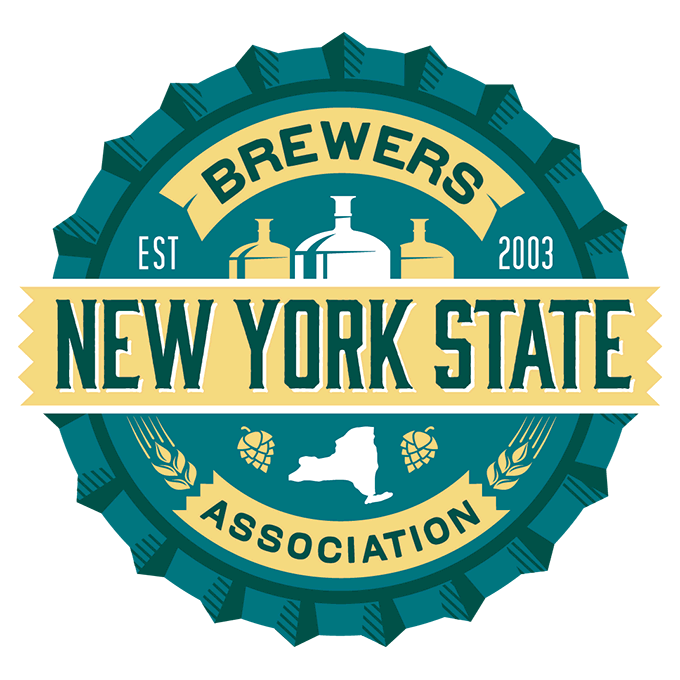
So you’ve followed your trademark attorney’s advice regarding selection of your brand name or house mark. You’ve made sure that no one else is using the same or similar mark on or in connection with the same or similar goods. You’ve also made sure that the logo design for your mark isn’t confusingly similar to any other design in the alcohol space. So you’re free and clear to do whatever you want with the style names for your beer because you’ve cleared your brand, correct? Not necessarily.
In an increasingly crowded market and with craft brewers experimenting with different types or hybrids of brews, style names for beers have become increasingly important. Brewers are starting to spend substantial time and resources coming up with unique style names and logos to go along with them to distinguish themselves in the marketplace.
I know what you’re thinking. It was already so expensive and time consuming to clear my brand name and to register my mark with the U.S. Patent and Trademark Office. Do I really have to worry about protecting each style name that I create, particularly when I’m not sure whether a new style will become popular enough to become a regular brew? You’re asking the right question. The decision of whether to register a style name requires thoughtful consideration and a balance of the pros and cons based on an informed understanding of U.S. trademark law.
You’ve heard this before. Rights in a trademark in the United States depend on use of that mark on or in connection with a good or service and not registration, but what exactly does this mean? In a nutshell, a trademark owner generates rights (and goodwill) in a mark from the moment that the mark is used on or in connection with a good or service. These are referred to as common law trademark rights. The key is, however, that those rights are limited to the geographic areas in which you are using that mark. For example, you open up a brewery in Portland, Oregon, and sell your beer at your brew pub and locally at a few bars and restaurants in Portland. You have therefore established rights in your mark (assuming no preexisting rights are held by another trademark owner) in Portland and arguably surrounding areas, but your rights do not extend any further than this geographic area. To expand your rights in the mark for your beer, you need to use your mark in other geographic areas. This means that even though you spent a lot of money developing your brand in Portland, another brewery can open under the same or similar name in Boulder, Colorado, a month later and there is nothing that you can do to stop it because this other trademark owner was the first to use the mark in Boulder. You cannot expand in Boulder. Of course, you can stop this other trademark owner from entering Portland, Oregon. The issue with common law trademark rights is that it becomes a race to the next state with the potential for two or more entities carving up and claiming territories throughout the United States leaving no trademark owner with nationwide rights. Given widespread use of the Internet and social media, it is very difficult for trademark owners to exist only in a single geographic area.
This is where the benefit of a U.S. trademark registration comes in. Generally speaking, once a registration issues, you have the ability to prevent others from using the same or similar mark on the same or related goods or services throughout the United States regardless of where you are using your mark (assuming that you used your mark prior to use of a mark by the other trademark owner).
So let’s go back to the question of whether you should register the style name for your beer or any stylized logo that you use for that style. This decision will come down to balancing the costs associated with registration with how important you believe a particular style is to your beer lineup. For those styles that you believe have a unique and distinctive name and will be part of your lineup long term with the possibility of expanded distribution, registration would be highly recommended. For those styles that are not particularly unique and actually just describe the style of beer and you’re not sure whether it will be part of your lineup, registration is likely not recommended. These are the easy examples. Most styles fall somewhere in the middle. That’s where a trademark attorney who understands your business and knows where you want to be in five years comes in. They can provide guidance on registration and whether it is a worthwhile investment.
That being said, as with any trademark, the more unique and distinctive your style name is, the easier it will be to protect and enforce it. Style names can be fun and a great way to differentiate your beer in a crowded marketplace. At bottom, always select a style name that fits in with your overall brand (and make sure that no one else had the same idea first).
